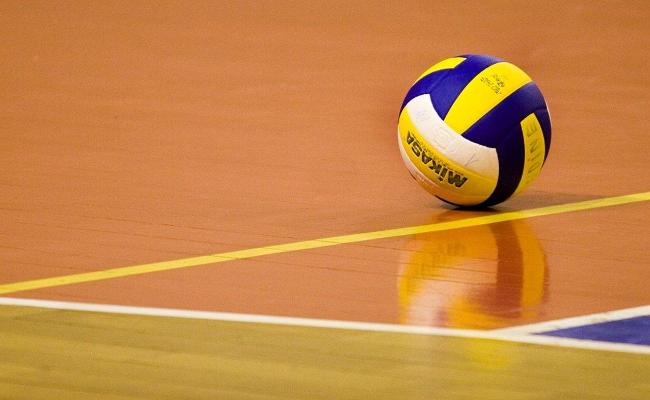How It's Made: Promotional Volleyballs
Promotional Volleyballs provide a great base on which to advertise your brand. They have a large surface area, and a
branded volleyball flying through the air is a surefire way to make an impact. The modern volleyball was first designed by
Spalding in 1900, and has hardly changed since. Promotional volleyballs are comprised of three layers. Lets start with the inner rubber core.
First Layer: Inner Core
The first layer of your promotional volleyball is made of rubber. More specifically, it is composed of
polyisobutylene, a material which allows the volleyball to stay light. This is particularly important in volleyball, as players are repeatedly hitting the ball with their arms and hands. A heavier ball could do some serious damage. The inner core is vital in ensuring the air stays inside the volleyball, enabling you to play for longer.
 The Inner Core of your Promotional Volleyball is made of rubber
The Inner Core of your Promotional Volleyball is made of rubber
Second Layer: The Cloth
Attached to the inner core is a cloth-like material. This is a loosely woven and thin material which somewhat resembles gauze. Depending on the ball, this layer can be either attached to the inner core or not, or somewhere in between. Manufacturers apply glue to the outer side of this layer to enable the final layer to stick. This
glue is created through a specific process in which elastic macromolecules are mixed with a dissolvable solute. This solute prevents the glue from becoming solid.
Third Layer:
The final layer of a volleyball is made of leather, or a synthetic substitute. The materials used depend on the ball, and different leagues around the world use volleyballs made of different outer materials. Volleyballs made of genuine leather feel harder – this is preferable for hitters, who play at the net. Spare a thought for the defenders, though, who have to stop this ball in its tracks when its travelling well over 100km/h. This third layer is separated into a number of panels. The amount of panels is dependant on the ball. In the past, 18-20 panels has been commonplace. In 2008, a new ball with only 8 panels was designed, with the intention of improving players' accuracy.

 The Inner Core of your Promotional Volleyball is made of rubber
The Inner Core of your Promotional Volleyball is made of rubber


